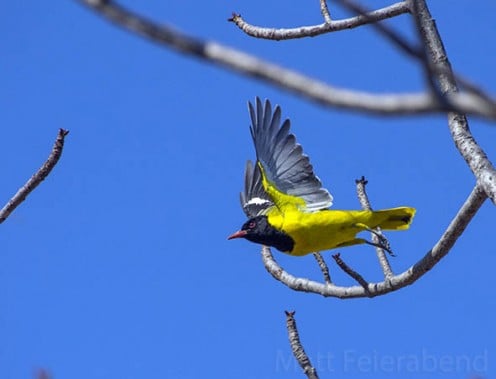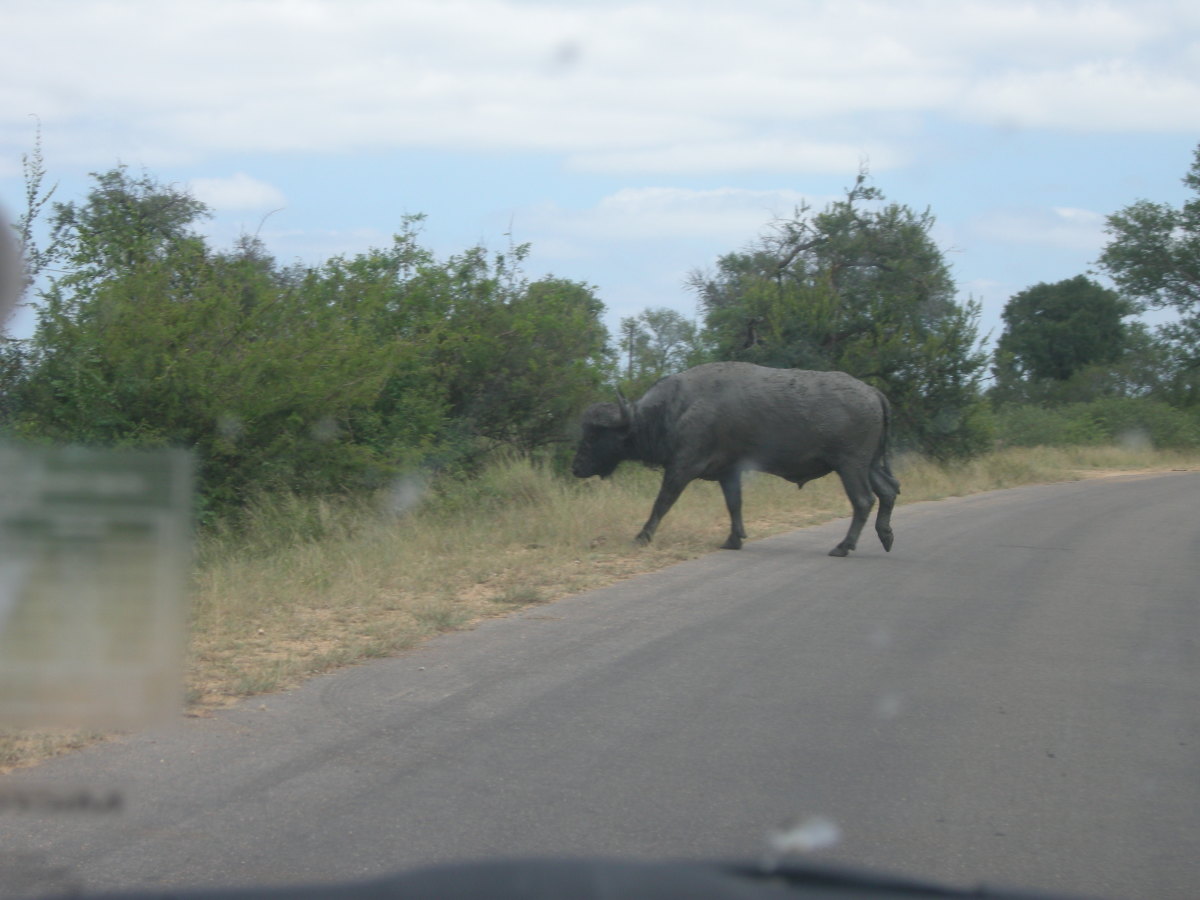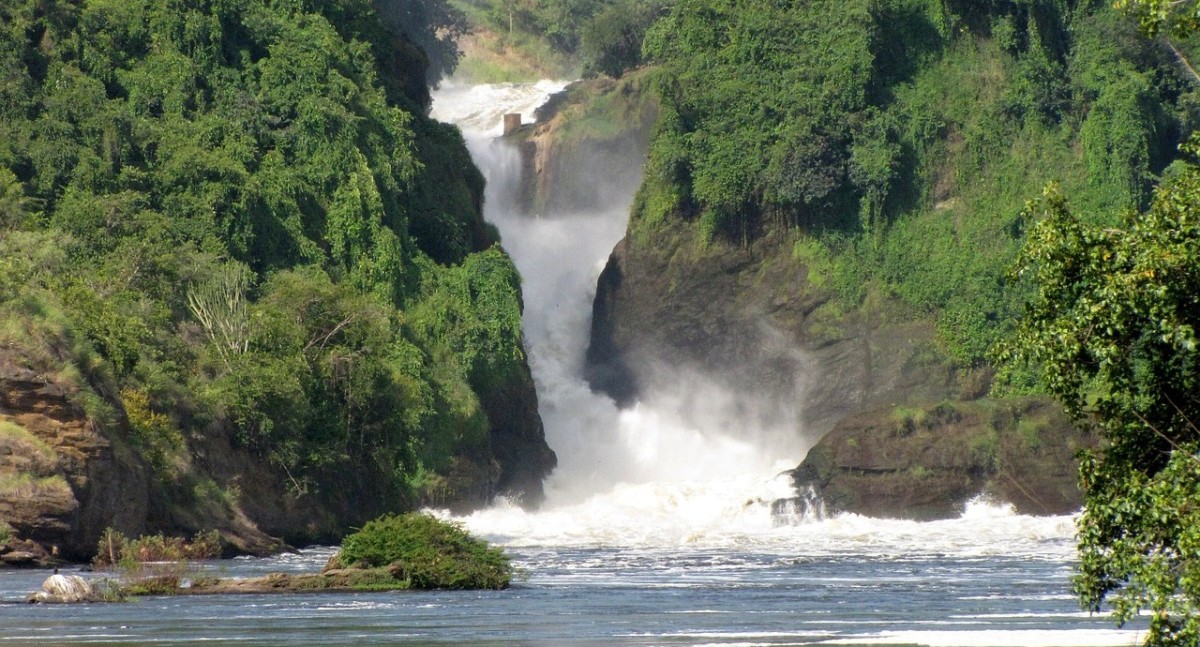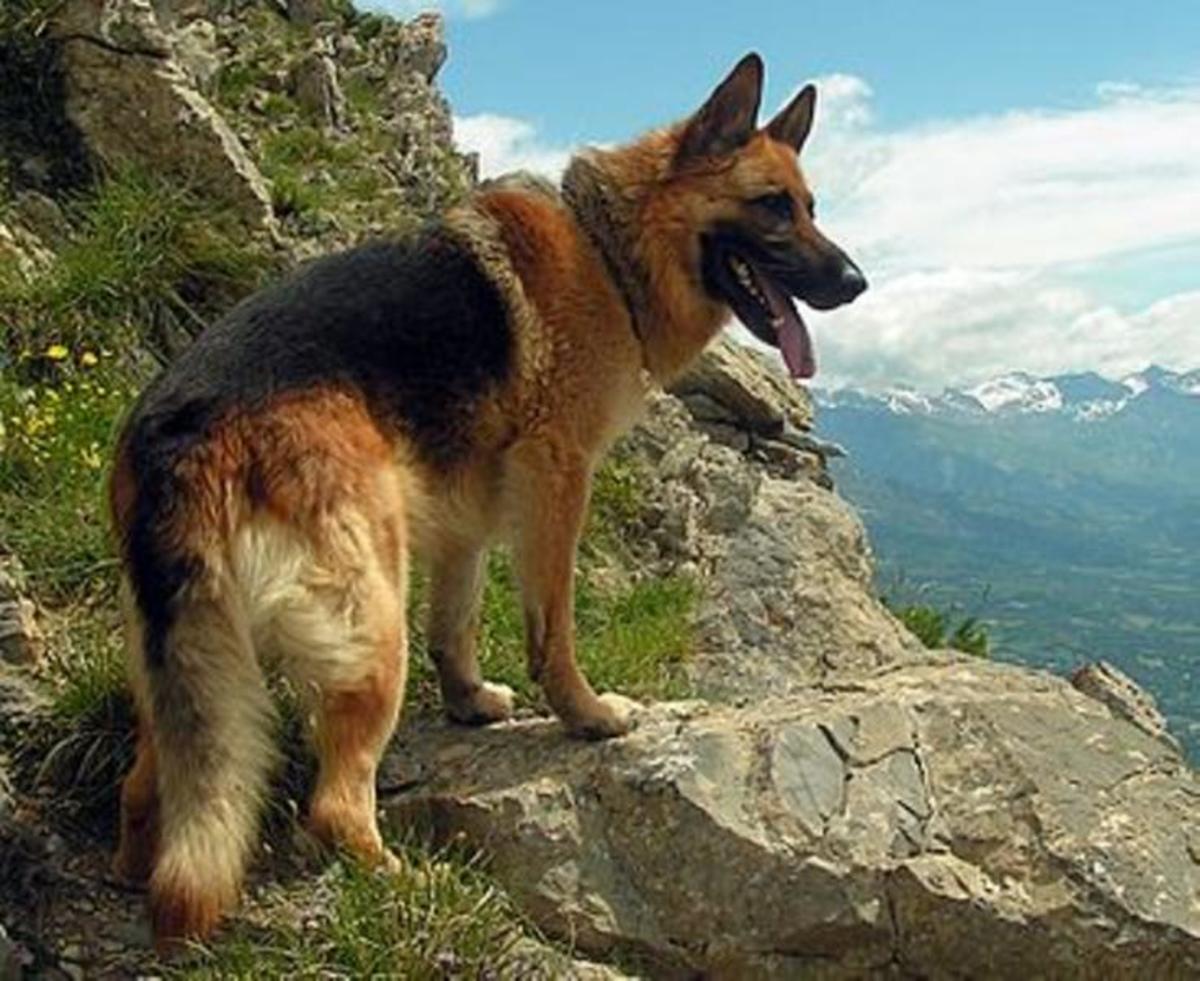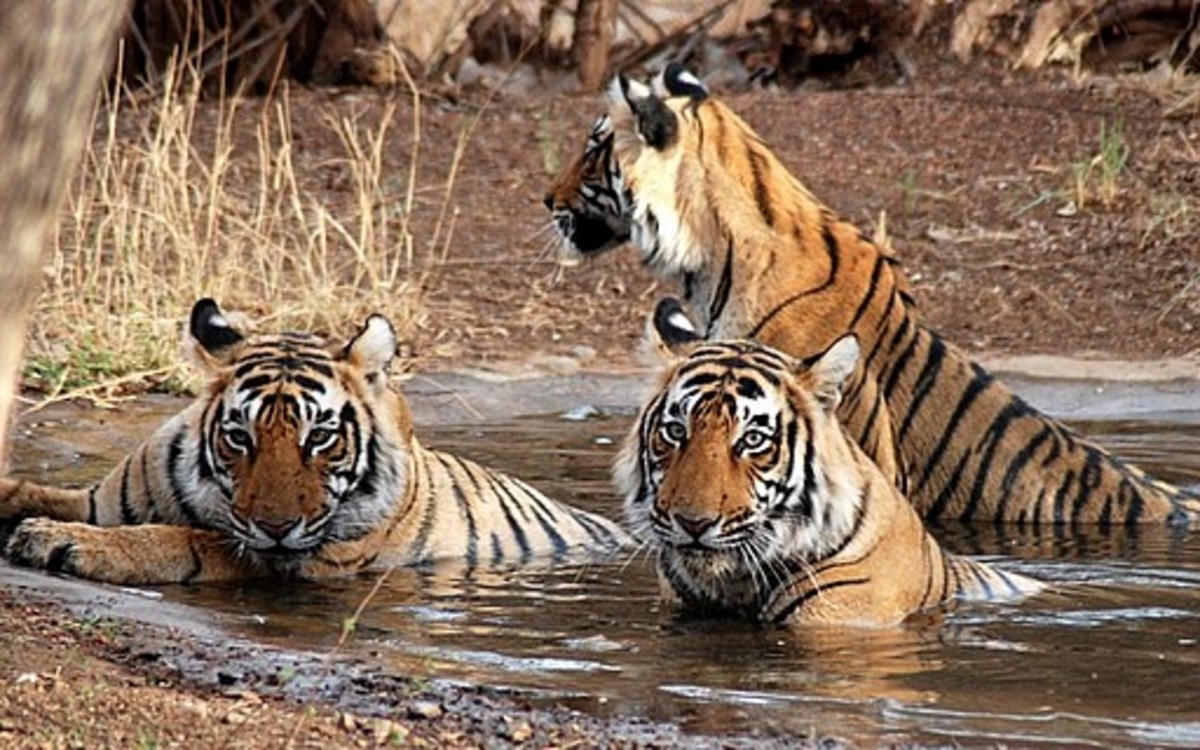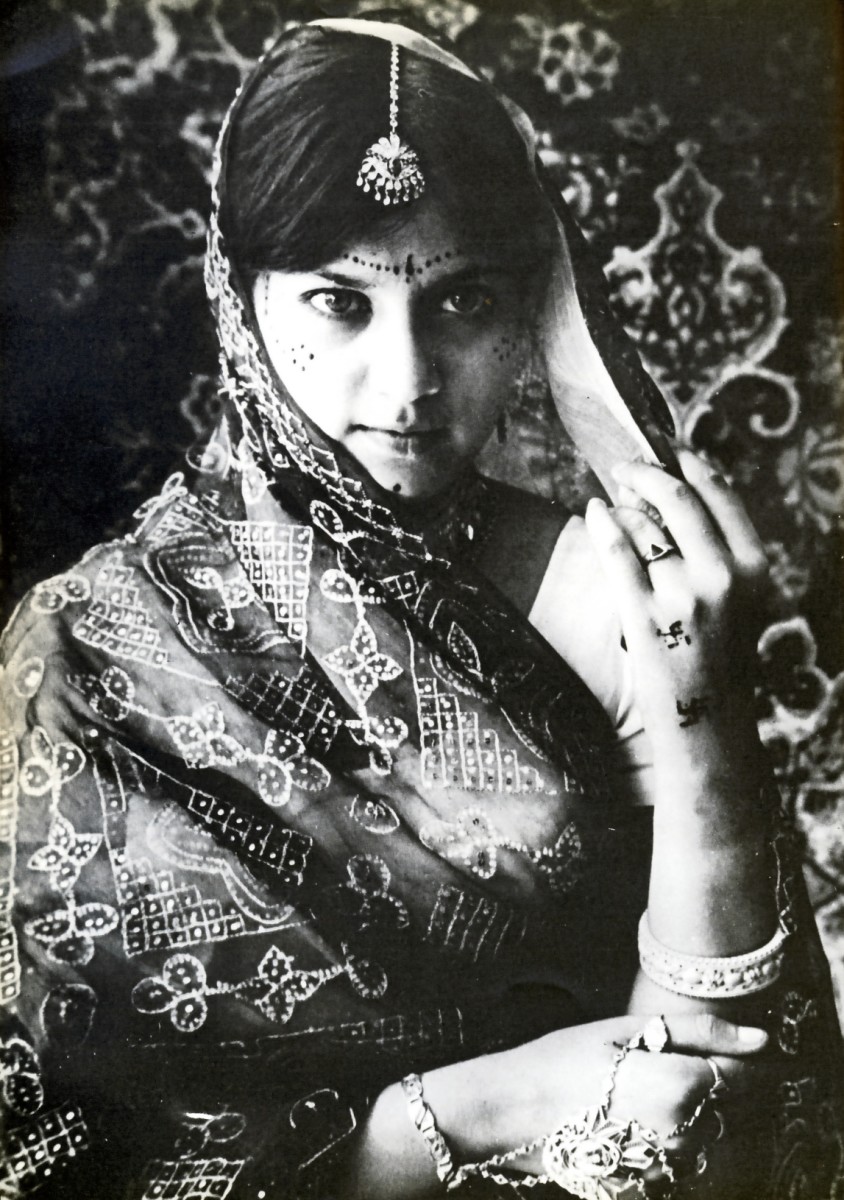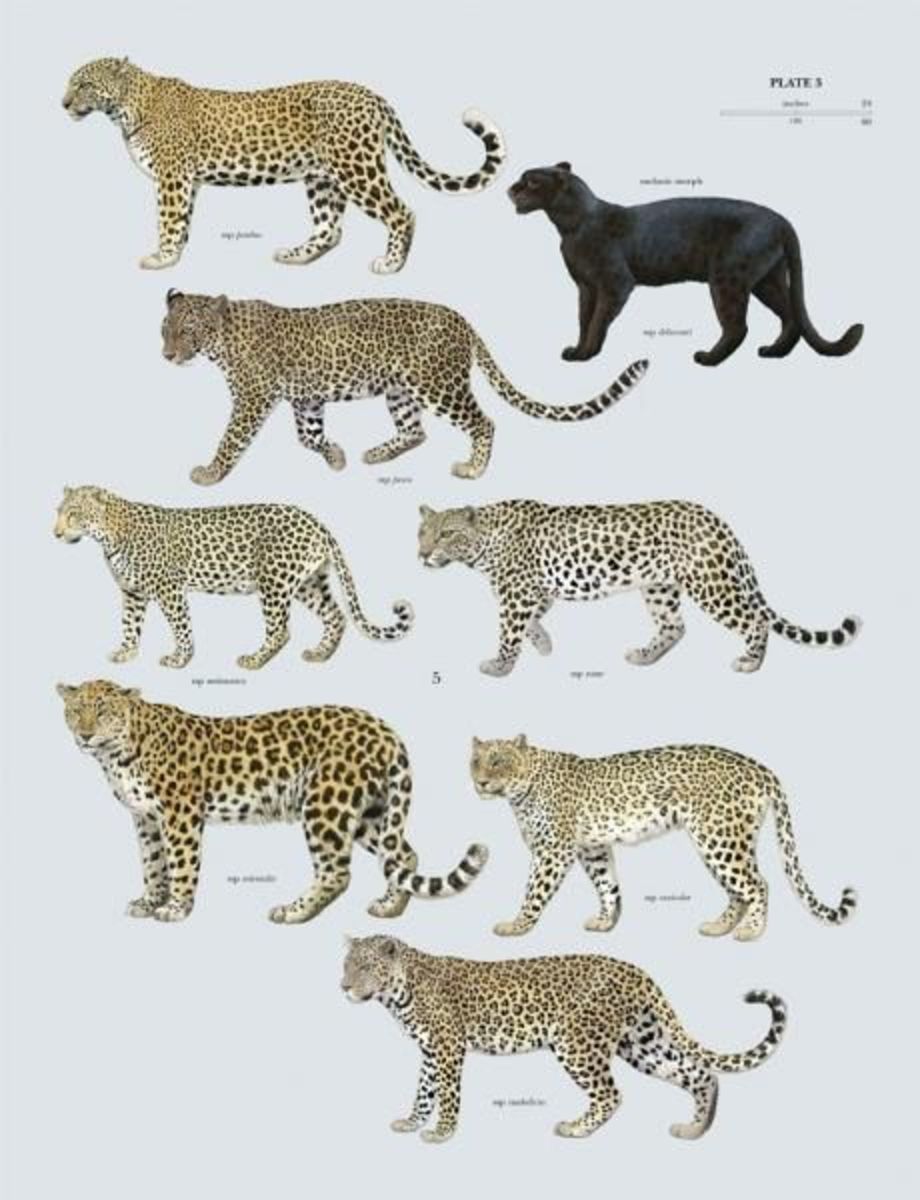- HubPages»
- Travel and Places»
- Visiting Africa»
- Travel to Southern Africa
On Safari in Greater Kruger National Park
Why Go on Safari?
Kruger National Park
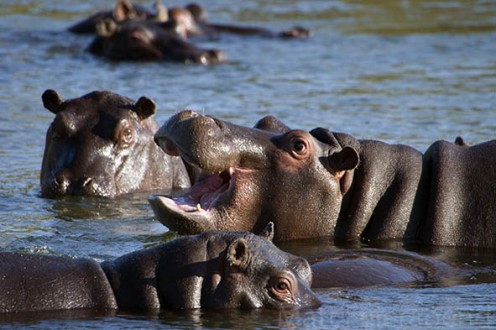
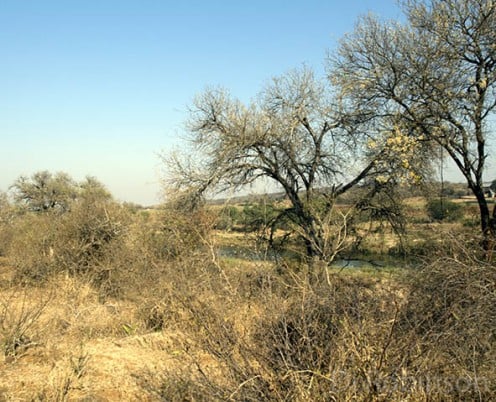
10 Great Facts About Kruger
- Kruger National Park is South Africa's first national park. It was set up in 1926.
- Greater Kruger National Park comprises the national park and the nature reserves around it.
- South African National Parks (SANParks) manages the park, while private owners manage the nature reserves.
- Fences between reserves and park were removed in 1993. Animals now roam freely between them.
- Most nature reserves are in the south west of the park. The exception is the Makuleke Wilderness Area which is in the north.
- Great Limpopo Transfrontier Park is a massive conservation area consisting of Greater Kruger National Park in South Africa, Limpopo National Park in Mozambique and conservation reserves in Zimbabwe.
- This vast region has a total surface area of 37 572 square kilometres and is the size of the Netherlands.
- Park authorities removed 50 kilometres of fencing between Kruger and Limpopo national parks in 2006, allowing animals to move freely between them. Tourists can also travel between the two, by entering one of the three northern gates (Pafuri, Punda Maria or Phalaborwa) or Orpen Gate in the west.
- The national park consists of a series of plains criss-crossed by rivers. Savannah and scrubland are common, with areas of riverine forests, baobab scrub and rocky outcrops. The north of the park is more remote, and hillier.
- The highest point of the park, in the south, is only 839 metres high.
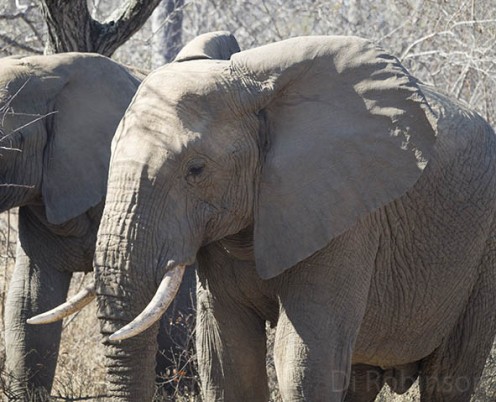
5 Wonderful Reasons to Visit Greater Kruger National Park
- It needs tourist dollars to meet its conservation agenda.
- You will see a lot of amazing wildlife.
- There is heaps to do.
- There is accommodation to suit all budgets.
- You can meet fab local people.
These five points are each fleshed out below.
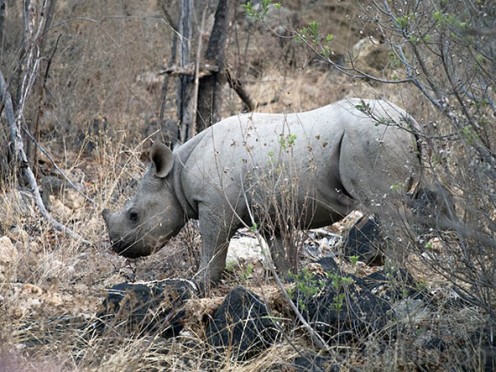
1. It needs tourist dollars to meet its conservation agenda
Conservation projects are Greater Kruger's mainstay, with park managers committed to protecting the animals. For example, Greater Kruger and Limpopo national park managers are working together on a Rhino Protection Program, with financial help from European charities.
By going on safari in Kruger, you contribute to this massive conservation effort.
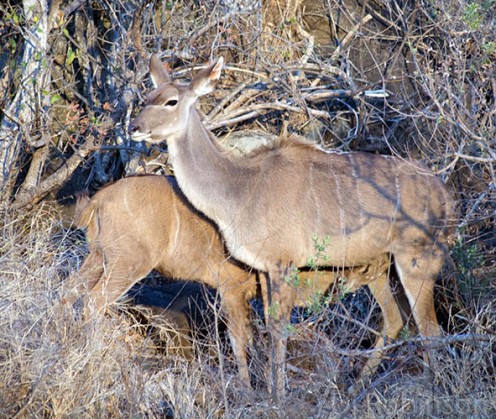
2. You will see a lot of amazing wildlife
Animals are secretive and hard to see In some conservation areas. They are wary of people, as they have been hunted for bush meat or poached for their skin or body parts. The wildlife in Kruger is used to human beings, so is easy to see.
Biodiversity is astounding here. The park protects 147 mammal species, many of which are endangered, such as the black rhino, wild dog and roan antelope. There are also over 500 bird species.
For information on the Big 5 animals of Kruger, see my hub page: Fun facts about South Africa's Big 5.
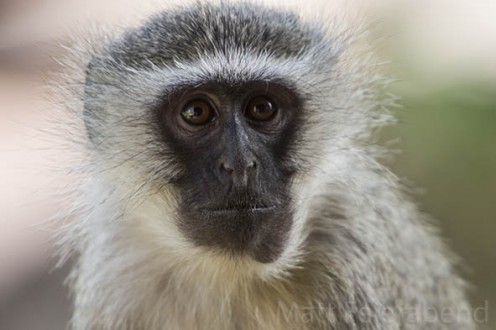
3. There is heaps to do
Kruger is large enough to offer all sorts of safaris, including:
- safaris in land cruisers with a guide. Sit back, grab your camera and watch the wildlife. Follow animal paw prints with the tracker. Enjoy a sundowner at sunset.
- self-drive safaris. Hire a land cruiser and drive yourself around. Get maps and choose routes. Be your own safari director.
- walking safaris with a guide. Meet the wildlife up close. Walk between campsites for three or four days. Enjoy the remoteness, the beauty, the exercise.
Other things to do include:
- guided walks. Learn from rangers or guides about plants, animals and animal tracks.
- cycling – for example, there is a mountain bike trail at Olifants Camp.
- bird watching. There are bird hides in the national park and in the reserves.
- boat trips – some lodges offer river trips which are a great way of seeing wildlife.
- photographing the wildlife. Lurk in a hide or take your shots from the back of a land cruiser.
- swimming – some camps in the park and lodges in the nature reserves have swimming pools.
- golf. There are a couple of golf courses in the vicinity.
- relaxing, eating and drinking.
What Would You Do on Your Kruger Holiday?
What would you be most likely to do in Kruger?
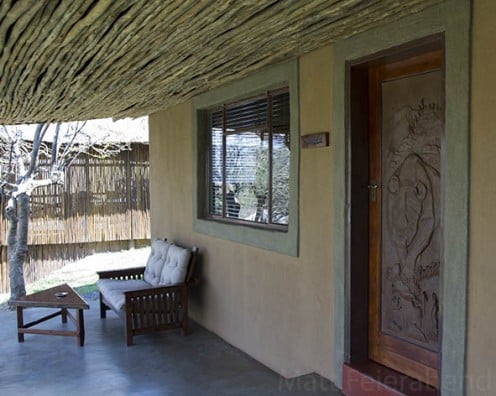
4. There is accommodation to suit all budgets
Kruger is an equal opportunity experience. Whatever your budget, you can find somewhere affordable to stay.
Accommodation options in the national park range from pitch-your-own-tent to luxury lodges.
- See the range of accommodation options in the national park.
- Check out the tariffs for 2016-17.
- To book accommodation, you need to register. You can register here.
For accommodation options in the nature reserves, see the reserves' home pages. These are:
- Makuleke Wilderness Area
- Kapama
- Balule
- Grietjie
- Thornybush
- Timbavati
- Mala Mala
- Sabi Sands
- Manyeleti
- Singita
- Klaserie.
Sabi Sands is a huge nature reserve that incorporates some smaller conservation areas, including:
Each reserve has its distinctive geography and provides different services. For example, Balule is bushy and provides great habitat for the black rhino whereas Sabi Sand has areas of open land favoured by cheetahs. Some reserves, such as Klaserie, offer boat trips. Browse round to find a reserve and lodge that suits you.
Tripadvisor has reviews of places and accommodation. Once you have found an area and lodge you like, check out what other people say. Sites like Kayak. Bookings.com and Hotels.com can offer discounted rates on some lodges.
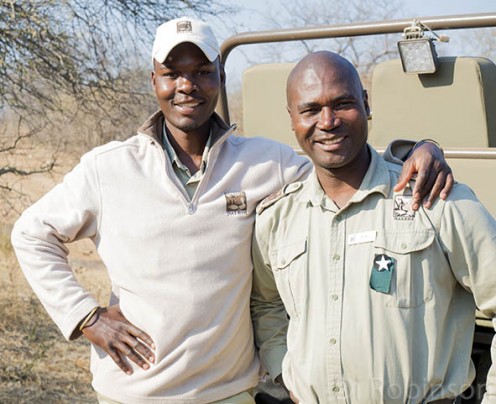
5. You can meet fab local people
Kruger is a huge employer of local people. Rangers and guides are passionate about the plants and animals of the region, and have a lot of knowledge they are keen to share. Trackers know everything there is to know about tracks, scat and animal behaviour. Administrative staff manage access, trails in the park, accommodation, land cruiser and walking safaris, and training and conservation programs.
Going on safari keeps these hard-working professionals in employment
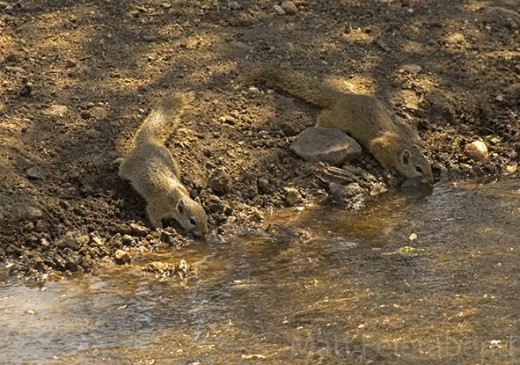
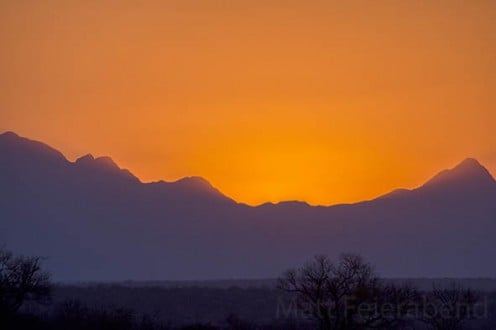
What Sort of Safari?
Guided safaris in land cruisers
These safaris are great fun. Everyone piles aboard a land cruiser and goes off to see the animals. Land cruisers in some lodges only take 8 people but they can sit up to 15. All safaris have a ranger and guide on board, and some have a tracker who is expert in finding wildlife.
Johnathan Muller's hub page: 'How to prepare for the Kruger National Park experience', provides good information on the layout of a land cruiser and what to take on safari with you. His hub page also advises you of the best months to visit the national park.
Most lodges include guided safaris as part of their package. These are fantastic value, and enable you to view, photograph and learn about a huge variety of wildlife.
Self-drive safaris
Hire your own land cruiser from Johannesburg, one of the airports or a nearby town, and drive yourself round the national park. Stay in accommodation in or outside the park. Driving distances and the route from Johannesburg are described in 'Getting to Kruger.'
Johnathan Muller's hub page weighs up the pros and cons of guided versus self-drive safaris.
The Kruger National Park website offers some good resources for self-drive safaris, including maps, suggested routes and information.
Note self-driving is not normally allowed in the nature reserves.
Walking safaris
National park authorities offer three- or four-day hiking trips with a qualified ranger on seven wilderness trails. These are very popular, and need to be booked a long time in advance.
Private operators and lodge owners arrange tours on trails in the nature reserves. These include:
- Limpopo Trail and Luvuvhu Trail in the remote and ecologically diverse Makuleke reserve in the north-east
- Letaba Trail in Letaba Game Reserve in the west
- Balule Trail in Balule Nature Reserve in the west
- Klaserie Trail in Klaserie Game Reserve in the west
- Timbavati Trail in Timbavati Game Reserve in the west
- Mutlumuvi Trail in a private concession next to Sabi Sands Nature Reserve in the south-west
- Mitomeni Trail in a private concession in the south
- Lawakahle Trail in the south
- Machampane Trail in a riverine region of Limpopo National Park in Mozambique.
Many walking safaris do not run between November and February, as it is too hot then. Some also limit the age of participants, to the age of 60.
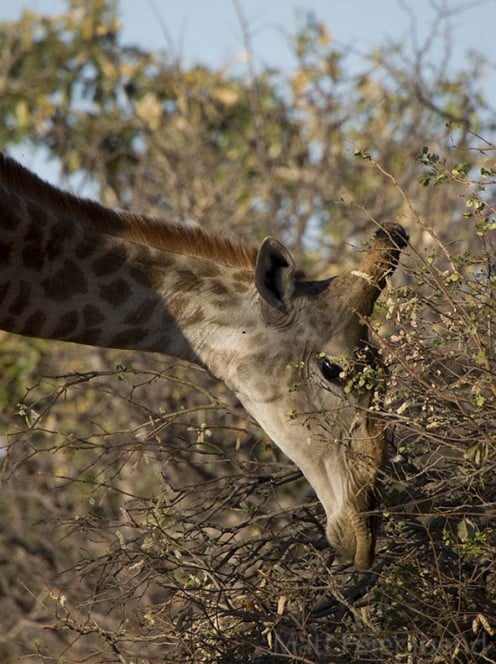
Nature Reserve, National Park or Both?
Category
| National park
| Nature reserve
|
|---|---|---|
Budget accommodation
| Plenty. Pitch your own tent or stay in a rustic lodge or self-catering bungalow.
| Some. Stay in a budget lodge, backpacker lodge or tent camp
|
Mid-range accommodation
| Plenty. Stay in cabins, safari tents, bungalows, units or lodges. These are generally self-catering, with nearby shops and restaurants.
| Plenty. There are lodges to suit all tastes, generally offering land cruiser safaris and all meals as part of the package.
|
Luxury accommodation
| Some. There are luxury safari tents and lodges offering activities and all meals as part of the package.
| Plenty. There are lodges to suit all tastes, generally offering a large range of activities or specialised activities, safaris and all meals (and in some cases, drinks) as part of the package
|
Guided land cruiser safaris
| Yes. Park rangers and guides offer day and night safaris. These can be crowded. Safaris can cover a lot of ground. Vehicles must stay on the trails and cannot go off-road. There can be many land cruisers at any animal sighting. Rangers inform participants of animals' habits and behaviour, and are very knowledgeable.
| Yes. Each lodge has one or more land cruisers for its guests, and offers day and night safaris. Land cruisers must stay in the relevant nature reserve, but can go off-road into the bush. There are fewer land cruisers at any animal sighting. Guides will cater for individual tastes, and track animals according to their guests' requirements. They are very helpful and knowledgeable. The best safaris also have trackers who know where to find wildlife.
|
Self-drive safaris
| Yes.
| Generally not.
|
Walking safaris
| Yes. Numbers are limited, and walks go to remote areas of the park. These walks are popular, and need to be booked a year in advance.
| Yes. Numbers are limited, and walks go to areas of the nature reserve away from land cruiser safari routes.
|
Other activities
| Cycling (at Olifants Camp), guided walks, golf, swimming, barbecues (called braiis), sunset tours, hides for wildlife viewing
| Guided walks, safaris designed for individuals, hides for wildlife viewing, birdwatching, boat trips, swimming, other specialised activities.
|
Geography and extent
| The sky's the limit. Visitors can go anywhere in the national park.
| Visitors are limited to the extent of the nature reserve, but all reserves are large.
|
Wildlife
| Plentiful. Huge herds can be seen.
| Plentiful. Reserves are well-patrolled by rangers.
|
Food and drink
| Self-cater or go to restaurants. Some lodges offer food and drink.
| Lodges provide food and drink for their guests. Some lodges specialise in gastronomy.
|
Exclusivity
| Other than in luxury lodges, not exclusive. Accommodation can be crowded.
| Exclusive. Lodges are normally small and restricted to their guests. Special requirements can be catered for.
|
Should you stay in the national park, a private nature reserve or both? Decide with the help of this table.
Guided Tours
Many organisations offer tours of Kruger. These take the headache out of organising your own transport and accommodation. Some will pick you up from your hotel in Johannesburg and drop you back there a few days later. The average tour is from three to five days long.
There are tours to suit all budgets, and tours offering land cruiser and walking safaris. Some provide accommodation in the national park, whereas cheaper tours provide accommodation outside the park and drive into the park for safaris.
When to Go
The following hub pages have information on when to go to Greater Kruger National Park:
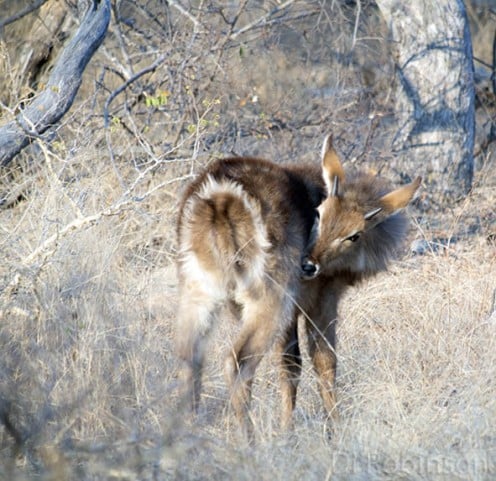
Getting to Kruger
Arrival in Johannesburg
Most international flights arrive in Johannesburg too late in the day for a connecting flight or bus ride. There are two good hotels at the airport: the InterContinental and the Travelodge. Book online in advance to ensure you get a room at both these places.
Flying to Kruger
There are three airports serving Kruger. These are:
1. Kruger Mpumulanga International Airport (KMIA)
Fly directly into this airport from some countries, or fly domestically from within South Africa. There are four flights a day to and from Johannesburg and Durban, and one a day to and from Cape Town. Facilities include car hire places, a national park information office, an ATM, shops and cafes. There are hotels and guesthouses in nearby White River and Nelspruit.
This airport is ideal for those visiting the south end of the national park.
2. Hoedspruit Eastgate Airport
You can fly domestically to this airport, and there are also facilities for charter flights. There are two flights a day to and from Johannesburg, and one a day to and from Cape Town. There is one car hire outlet (major brand), money-changing facilities and a restaurant open during office hours.
This airport is ideal for those visiting the centre of the national park, or driving through to Mozambique via Orpen Gate.
This airport is situated only 2 kilometres from Phalaborwa Gate, so suits those visiting the north of the national park. There are two flights a day to and from Johannesburg. The airport has car hire facilities. There are a range of accommodation options in nearby Phalaborwa.
Some lodges will pick you up from the nearest airport, or arrange a taxi for you to their lodge. Some will even offer charter flights.
Driving to Kruger
You can hire vehicles from any of the airports listed above, as well as from Johannesburg OR Tambo International Airport. There are plenty of car hire places in the international airport. Booking in advance ensures you get the vehicle and company of your choice.
It is between four and seven hours' drive to the national park from Johannesburg, depending on where you are going. It is four hours' drive to the south, five to the west and six to seven to the north.
The drive is mainly along well-posted major roads, with service stations where you can stop, refuel, and stock up on food and coffee.
Car hire places will provide GPSs if required for an extra charge. Most lodges will give you their GPS coordinates when you book, or they will be on their website. You can then just drive to the coordinates.
When you book accommodation, park authorities or lodge managers will tell you which gate to enter through. Follow directions to this gate, and keep a look out for it, as the GPS coordinates are not always 100% accurate there.
The ranger on the gate will give you directions to your lodge, and sometimes a map. They will also contact your lodge to let them know you are coming.
The roads inside and outside the national park are in generally good condition.
Enjoy your Kruger holiday.
